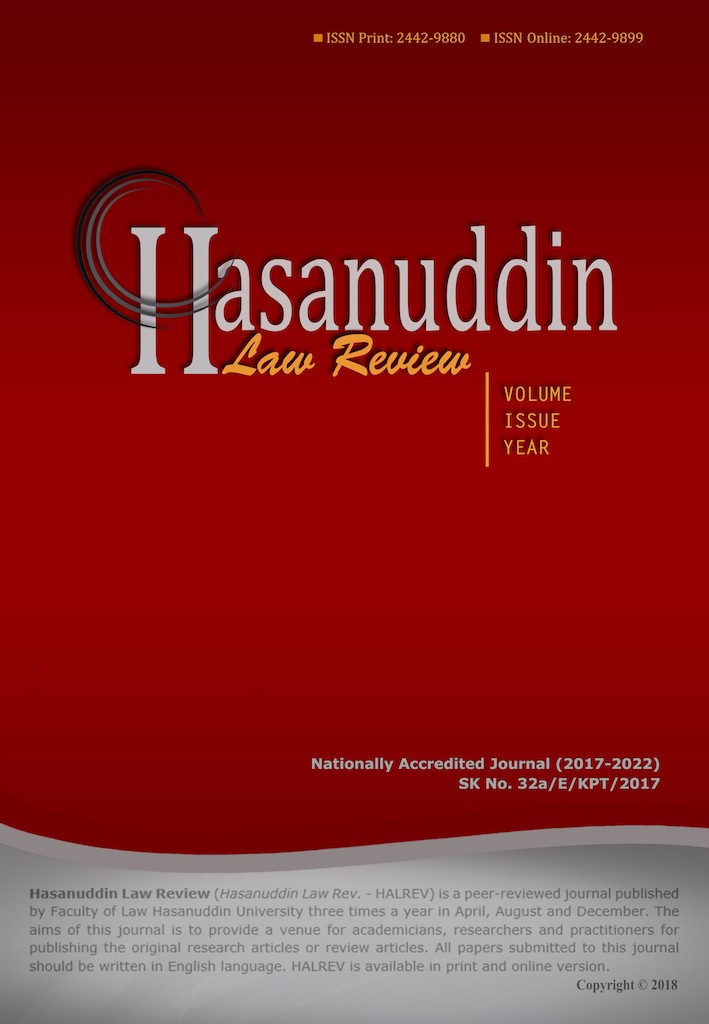Abstract
The discussion of China's rise as a global economic and political power in recent decades has been fueling various theoretical discussions based on the evolution of its foreign trade policy. Hence, empirical research method is proposed in the field of international law involving the study of institutions, norms and procedures based on academic evidence. In this sense, this article analyzes the underlying reasons why this country, despite its late insertion into the Multilateral Trading System, has a relevant influence in the present. In fact, this influence from China has generated a scenario of regionalism both in the Asia-Pacific and with other strategic partners. All this, in addition to also evidencing a progressive "shadow institutionalism". Thus, this whole previous situation means that exist a real primacy achieved by China at world nowadays which also tends, in certain circumstances, to tarnish and even undermine the role of the GATT-WTO paradigm and its logic of multilateralism. Accordingly, this implies a particular scenario that suggest a whole parallel model of authority that affects the dynamics of international relations.
- The journal holds the copyright for each article published with work licensed simultaneously under a Creative Commons Attribution 4.0 International License, which allows others to share the work with an acknowledgment of the authorship and early publication of the work in this journal.
- Authors must agree to the copyright transfer agreement by checking the Copyright Notice column at the initial stage when submitting the article.

